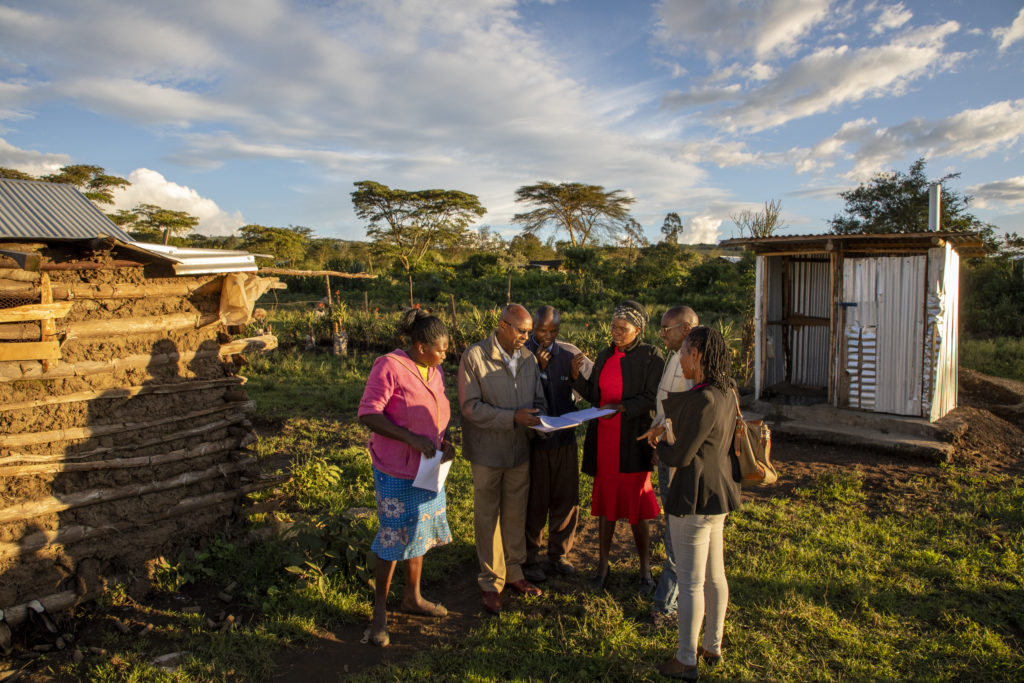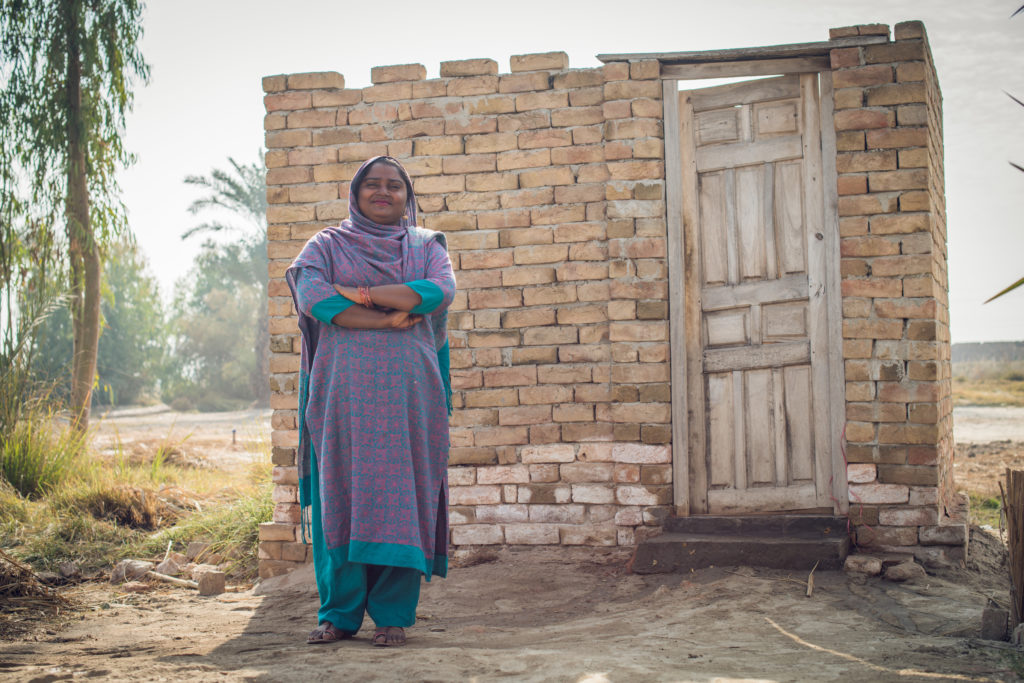Strong monitoring, evaluation and learning (MEL) systems both assess progress towards safely managed sanitation and hygiene services, and enable programmes to reflect on and refine interventions and processes.
S&H programming operates in a complex and dynamic environment. To respond effectively to this uncertainty, MEL needs to be adaptive with built in reflection processes and feedback loops. Ideally, MEL systems should be monitoring progress towards area/city-wide (and eventually country-wide) outcomes, and households’ movements up (and down) the sanitation ladder.
Data should be disaggregated so that the progress of disadvantaged and vulnerable groups can be assessed. Use of facilities rather than just access is also important.
Furthermore, the reporting of honest results – including slow progress and negative impacts – should be encouraged. National strategies, protocols and definitions as well as monitoring systems are likely to need review and revision to respond to these additional needs.
The move towards digitalising MEL efforts through mobile-to-web technologies has drastically reduced the time it takes to collect, report and review data. With more rapid data collection it should be easier for data to be quality assured and made public.
However, these are not found in all countries. Significant training may be required to equip MEL teams with the skills needed to shift from paper to digital systems. Connectivity and electricity supply may also limit their use in some areas.
Questions remain about how best to measure equitable progress for vulnerable groups, partial usage, and ways to move beyond counting open defecation free villages and towns to monitoring higher levels of service delivery and progress along the sanitation chain. Answers around how to monitor and verify services across particular area or the strength of a sanitation system also should be explored.







